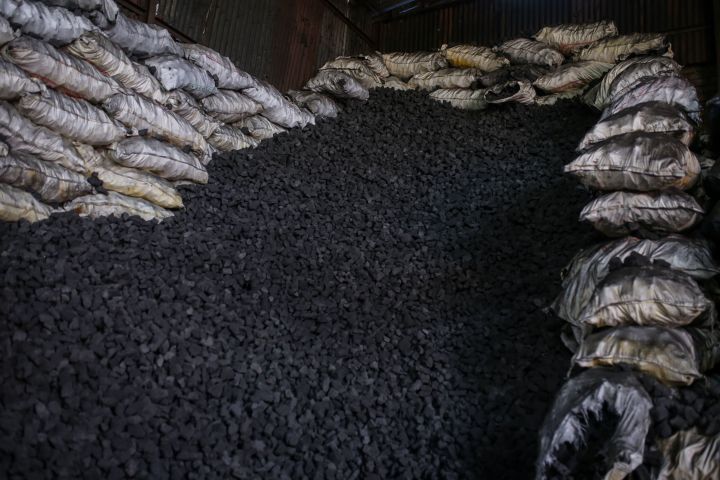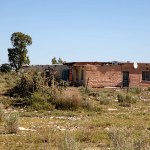Business Maverick
World embraces dirtier fuels as gas hits exorbitant heights

With high natural gas prices showing no signs of abating and supplies becoming harder to obtain, cheaper and dirtier alternatives to the fuel are looking increasingly tempting for energy-hungry buyers.
Liquefied natural gas prices in Asia are now at about $50 per million British thermal units. On an energy-equivalent basis, gas was at about double the price of diesel as of early August, with high-sulphur fuel oil and coal cheaper still, according to data from S&P Global Commodity Insights.
In Europe, the situation is similar, with natural gas at around $60, at least triple the price of HSFO and propane, according to energy consultancy FGE.
Natural gas has become the hottest commodity as Russia, a crucial source of piped gas to Europe and LNG to Asia, maintains a stranglehold on supplies amid a global energy crunch. There’s not enough to go around, and the situation is expected to worsen with the approach of winter. At the same time, the spike in prices is making the fuel unaffordable for some nations. The result is that buyers both rich and poor are increasingly eyeing the alternatives.
“With the concern that supplies could become very tight this upcoming winter, various governments have recently announced they will allow more fuel oil and coal burning in power stations,” said Steve Sawyer, director of refining at industry consultant FGE. “If the flexibility to burn fuels other than natural gas is already installed, then we suspect it is already being used,” he said.
The International Energy Agency on Thursday boosted its forecast for global oil demand growth by 380,000 barrels daily to 2.1 million barrels a day on the expectation that industry and power generators will switch their fuel to oil. The extra demand that prompted the revision is “overwhelmingly concentrated” in the Middle East and Europe, said the agency.
IEA’s view was echoed by Damien Courvalin, head of energy research at Goldman Sachs, who expects gas-to-oil switching to account for 1.5 million barrels a day of additional demand this winter, compared to a million barrels a day last year. Demand will come from the power sector as well as industries, he said in a Bloomberg interview.
In Asia, Pakistan and Bangladesh are among countries with sizable facilities that can switch between natural gas and fuel oils for power generation.
Pakistan and Bangladesh “have significant oil-generated power capacity and are facing severe budget constraints to keep buying expensive LNG”, said Wood Mackenzie principal consultant Max van der Velden. “They’re trying to keep the lights on and avoiding severe economic stress by using fuel oil.”
The shift from gas is a setback in the global push for cleaner energy. Many countries turned to natural gas as part of decarbonisation efforts, as it’s the cleanest fossil fuel. Dirtier alternatives from coal to liquid fuel will make it more difficult for nations to reach their climate goals.
The EU Commission will continue to enable increased coal power generation this year and next, temporarily reversing the long-term decline in coal consumption in Europe, Fitch Solutions analysts said in an 8 August note. And higher LNG prices will encourage electricity generators globally to switch from gas to coal feedstock where possible.
But there are limits to how much fuel-shifting may be possible. A lack of oil-power generation capacity is one issue, as it may be difficult to bring oil or coal power plants back online.
“Restarting such plants will depend on just how well they were shut down and then maintained,” FGE’s Sawyer said. “Do not expect such plants to come on overnight.”
Most of Japan’s oil power capacity is currently idled. The plants are old and expensive to restart, will only be running for a short time, and face environmental and political pushback, according to Van der Velden.
“Japan will still see year-on-year growth of fuel oil demand for the power sector, but its upsides are limited,” he said.
Still, the cost incentives of fuel switching are hard to ignore, and FGE expects more countries to push for a restart of oil-fired plants. “The process will need to start now if they are to be ready and working to help meet winter demand,” Sawyer said. BM



















 Become an Insider
Become an Insider
Comments - Please login in order to comment.